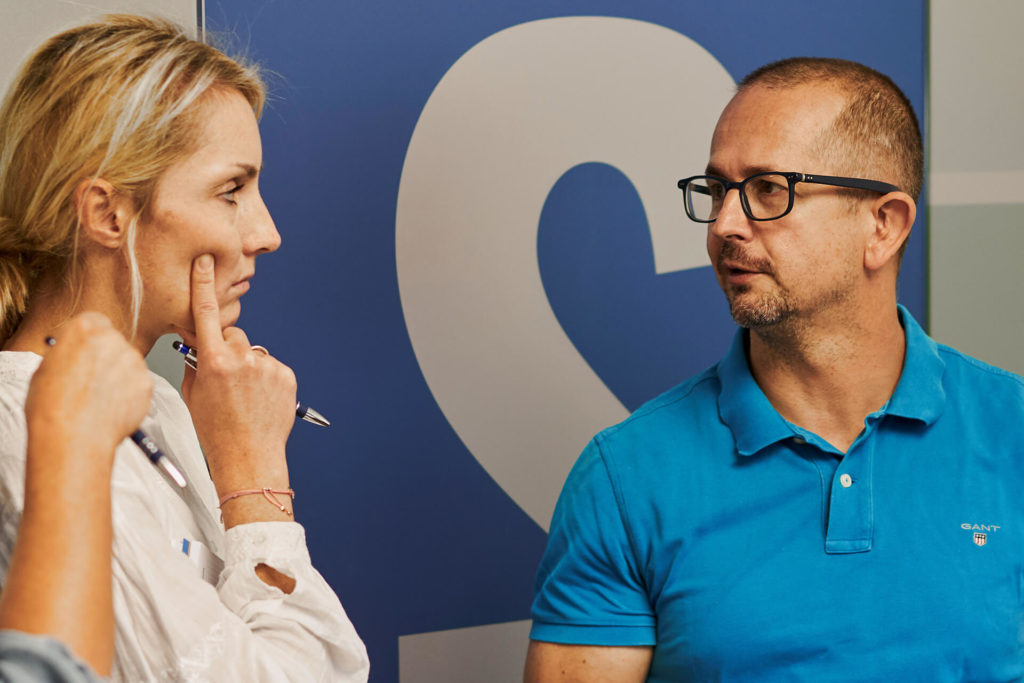Up until a few decades ago, patients and orthodontists were heavily reliant on fixed appliances like braces to help bring a dream smile to fulfilment. However, in recent years, there has been a burgeoning interest in removable clear aligners as a viable alternative to fixed orthodontics for straightening teeth. This feverish vogue for these ‘invisible braces’ has steadily made its way into the European market.
The Europe clear aligners market size was valued at USD 834.9 million in 2022 and has been estimated to expand at a compound annual growth rate (CAGR) of 30.4% from 2023 to 2030. The demand for clear aligners in Europe has been driven by factors such as the increased number of patients with malocclusions, technological developments in dental care, and the rising demand for personalized clear aligners. With the booming Direct-to-consumer (DTC) business strategy, there has been a rapid expansion of the clear aligner industry in Europe.
This expeditious movement toward the likes of clear aligner providers does not seem to be slowing down any time soon. In fact, it is anticipated that the demand for aligners in orthodontics will increase due to new technologies and techniques introduced in the market as adjuncts to clear aligner therapy. These include intraoral scanning, CAD/CAM, 3D printing, and new and advanced dental materials.
Its been predicted that soon, the European market will be at par or even dominate the US aligner market. One particular Düsseldorf-based company has been making headlines for breaking records and taking over the aligner business in Europe. This company is called K Line Europe. K Line Europe has been accredited for manufacturing over 2.5 million aligners to date and has completed over 100,000 treatments worldwide. With so many impressive accomplishments under its belt, K Line Europe might be headed straight for Invisalign’s crown. Can K Line Europe ever make its name in the global clear aligner market? Let’s take a look.
K Line Europe: where did it come from?
K Line Europe was first established in 2014 in Dortmund and later went on to open a facility in Düsseldorf. Just within two years, they were able to enter the clear aligners market and expand its distribution network to more than 20 distributors worldwide. Today, K Line Europe is represented in more than 25 countries across the globe. They were successful in launching the K Line Private Label business in 2020 and in 2021, they were one of the largest Private Label providers in Europe.
In 2022, they went through a monumental change in their company. First, they received their FDA approval and were able to enter the competitive US clear aligner market. They also received EN ISO 13485 certification, making them a legitimate aligner distributor in the market. Ever since its inception almost a decade prior, K Line Europe has been dipping its feet in a number of extraordinary business ventures.
For instance, this startup company began providing OEM-private label clear aligners to its customers. While most teeth-straightening devices require continual monitoring and readjustment by a dental professional (often in person), K Line Europe was able to offer a solution. They refer to this as a “booster” and is a small, take-home device that is filled with water and heated to a pre-specified temperature using the ClearX app. Once the aligner is inserted, it takes approximately 5 minutes to “boost” – allowing the aligner to form a new shape or geometry. In theory, this new shape is supposed to correspond to the shape of the next aligner in the treatment series.
For this project, K Line was able to secure €5.3 million in a Series A funding round led by Maki.vc. Through this new capital, they expect to continue expansion across Europe and also enter the Asian, Middle Eastern, and North American markets. However, the possibility of that seems bleak at least at this current time. K Line’s competitors include Align Technology, SmileDirectClub, Zenyum, and Candid. In a survey, K Line (not specifically K Line Europe) was able to rank 95th among 95 active competitors. Align, SmileDirectClub, and Zenyum were able to take the first three spots respectively.
Given the increasing density of providers in Europe, it is likely that the market will also face increased pressures in the middle term – a concentration in the lower price range of €1,500 to 2,000 already apparent in Germany. Ultimately, the clear aligner business may see a “mass production” era with a high degree of standardization and limited margins, similar to the US market. Challenges from K Line and other smaller providers might be able to successfully create a niche in the aligner market that might include global supremacy. We might have to wait to see what Europe’s powerhouse, K Line has to offer.

